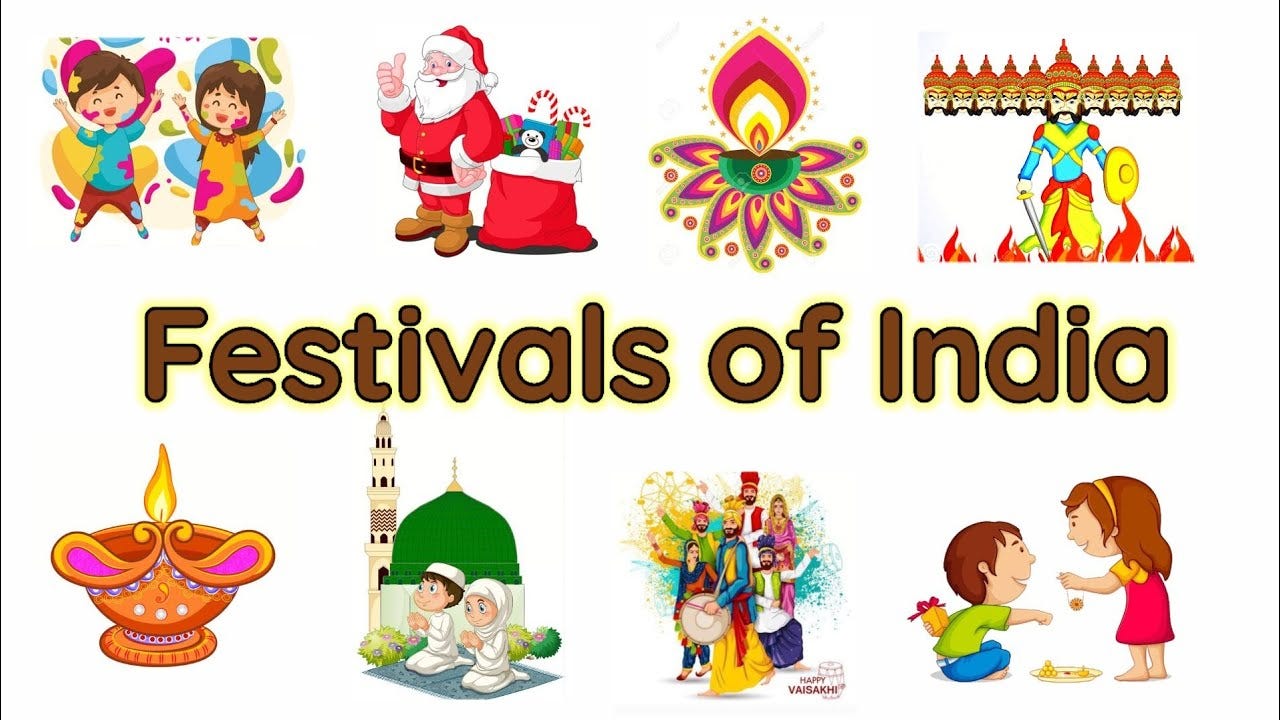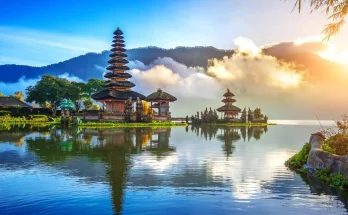Certainly! Here’s a 4000-word post on “India’s Cultural Kaleidoscope: Festivals, Traditions, and Heritage.”
—
# India’s Cultural Kaleidoscope: Festivals, Traditions, and Heritage
India, a land of diverse cultures, traditions, and heritage, is a testament to the rich tapestry of human civilization. This vibrant nation is home to a myriad of festivals, practices, and monuments that reflect the depth and complexity of its cultural landscape. In this 4000-word exploration, we will embark on a captivating journey through India’s cultural kaleidoscope, delving into its festivals, traditions, and the preservation of its precious heritage.
## Introduction
India’s cultural heritage is a treasure trove of history, art, music, dance, and spirituality. The tapestry of its traditions is woven with threads of mythology, spirituality, and centuries of intermingling cultures. This exploration will take you on a tour of India’s cultural riches, from the grand celebrations of festivals to the intricate details of age-old traditions.
## Festivals: A Riot of Colors and Celebrations
India is renowned for its festivals, which are celebrated with unparalleled enthusiasm and grandeur. These festivals, rooted in religious, historical, and seasonal significance, offer a glimpse into the soul of India.
### Diwali: The Festival of Lights
Diwali, also known as Deepavali, is perhaps the most widely celebrated festival in India. It signifies the triumph of light over darkness and good over evil. This section provides a detailed look at the customs, rituals, and significance of Diwali, including the lighting of lamps, bursting of fireworks, and the exchange of sweets and gifts.
### Holi: The Festival of Colors
Holi, known as the “Festival of Colors,” is a joyous celebration of spring. This section explores the playful tradition of throwing colored powders and water at one another, as well as the cultural significance of Holi, which symbolizes the victory of love and unity.
### Eid: The Celebration of Muslim Festivals
Eid-ul-Fitr and Eid-ul-Adha are two major Islamic festivals celebrated with fervor in India. This section delves into the customs, prayers, and feasting associated with Eid, highlighting the diversity of India’s Muslim communities.
### Christmas: A Multicultural Celebration
Christmas is celebrated by Christians across India, and the festivities are marked by midnight Mass, carol singing, and the decoration of homes. This section explores the multicultural aspects of Christmas in India, where people of all faiths often participate in the festivities.
## Traditions: A Tapestry of Customs and Rituals
Indian traditions are a reflection of the country’s cultural diversity and history. These customs and rituals have been passed down through generations and continue to play a significant role in the daily lives of Indians.
### Traditional Clothing: Sarees, Turbans, and More
India is known for its diverse and colorful traditional clothing. From the elegant sarees of the women to the turbans worn by men, this section explores the significance of clothing in different regions and communities.
### Yoga and Meditation: The Path to Inner Peace
Yoga and meditation have deep roots in India and are practiced by people worldwide for physical and mental well-being. This section delves into the history of yoga, its different forms, and the impact of meditation on Indian spirituality.
### Weddings: A Grand Affair
Indian weddings are known for their opulence, rituals, and celebrations that can last for days. This section provides an in-depth look at the various traditions and ceremonies associated with Indian weddings, including mehndi (henna), sangeet, and the exchange of vows.
### Ayurveda: The Science of Life
Ayurveda, an ancient system of medicine, is an integral part of India’s cultural heritage. This section explores the principles of Ayurveda, its holistic approach to health, and the use of natural remedies and herbs.
## Heritage: Preserving the Past for the Future
India is home to a vast heritage of historical monuments, UNESCO World Heritage Sites, and art forms that showcase its rich past. Preserving this heritage is essential to understanding India’s cultural identity.
### UNESCO World Heritage Sites
India boasts several UNESCO World Heritage Sites, including the Taj Mahal, Qutub Minar, and Jaipur’s city of Amer. This section provides insights into the significance of these sites, their history, and the challenges of preservation.
### Classical Music and Dance
Indian classical music and dance forms, such as Carnatic music, Hindustani music, Bharatanatyam, and Kathak, have a profound cultural legacy. This section explores the origins, intricacies, and evolution of these art forms.
### Handicrafts and Artistry
Indian artisans are known for their skill in crafting exquisite handicrafts, textiles, and artwork. This section showcases the diversity of Indian craftsmanship, including pottery, textiles, jewelry, and painting.
### Traditional Cuisine: A Culinary Heritage
Indian cuisine is a reflection of its diverse cultural influences and history. This section explores the regional variations, spices, and cooking techniques that have shaped Indian food traditions.
## The Challenge of Preservation and Revival
While India’s cultural heritage is vast and diverse, it faces challenges such as urbanization, modernization, and environmental threats. This section discusses the efforts made by government agencies, NGOs, and local communities to preserve and revive India’s cultural treasures.
### Cultural Institutions and Museums
India is home to numerous cultural institutions and museums dedicated to preserving and showcasing its heritage. This section highlights some of these institutions and their contributions to cultural preservation.
### Revival of Traditional Arts and Crafts
In recent years, there has been a resurgence of interest in traditional arts and crafts. This section explores how initiatives and organizations are working to revive and promote these ancient art forms.
### Heritage Conservation: Balancing the Past and Present
Balancing the preservation of historical sites with the needs of a growing population is a challenging task. This section discusses the complexities of heritage conservation and sustainable development.
## Conclusion
India’s cultural kaleidoscope is a testament to the nation’s resilience, creativity, and commitment to preserving its heritage. From grand festivals that light up the skies to age-old traditions that bind communities together, India’s cultural heritage is a source of pride and inspiration for its people and the world.
we have uncovered just a fraction of India’s vast and intricate cultural tapestry. The depth of its traditions, the diversity of its festivals, and the richness of its heritage continue to captivate and enchant those who explore this remarkable nation. As India strides into the future, it carries with it the weight of its cultural legacy, reminding the world that the past is not forgotten but is an integral part of the journey forward.




